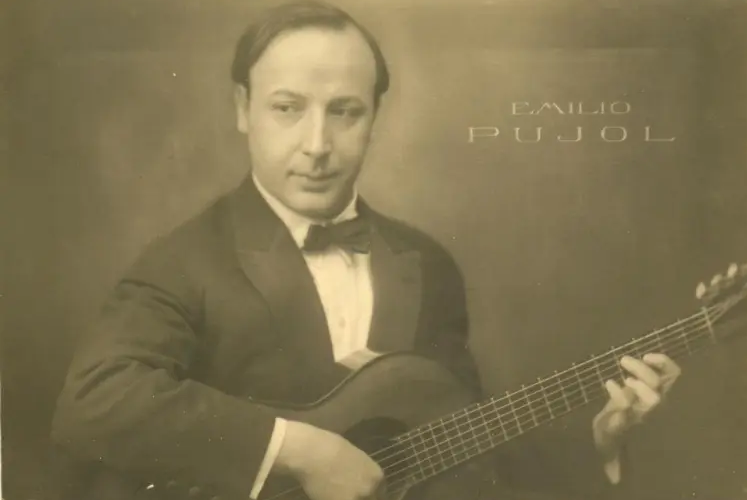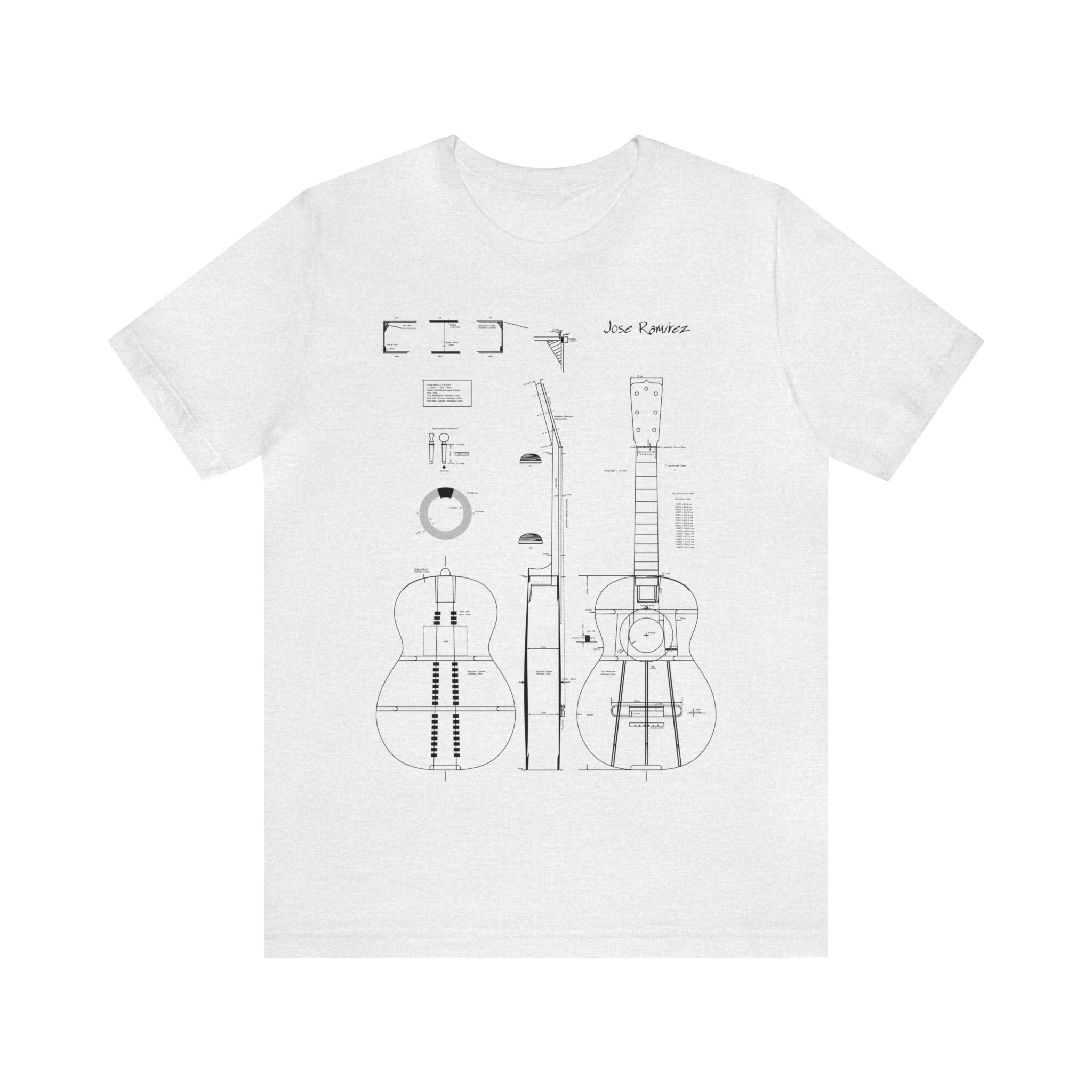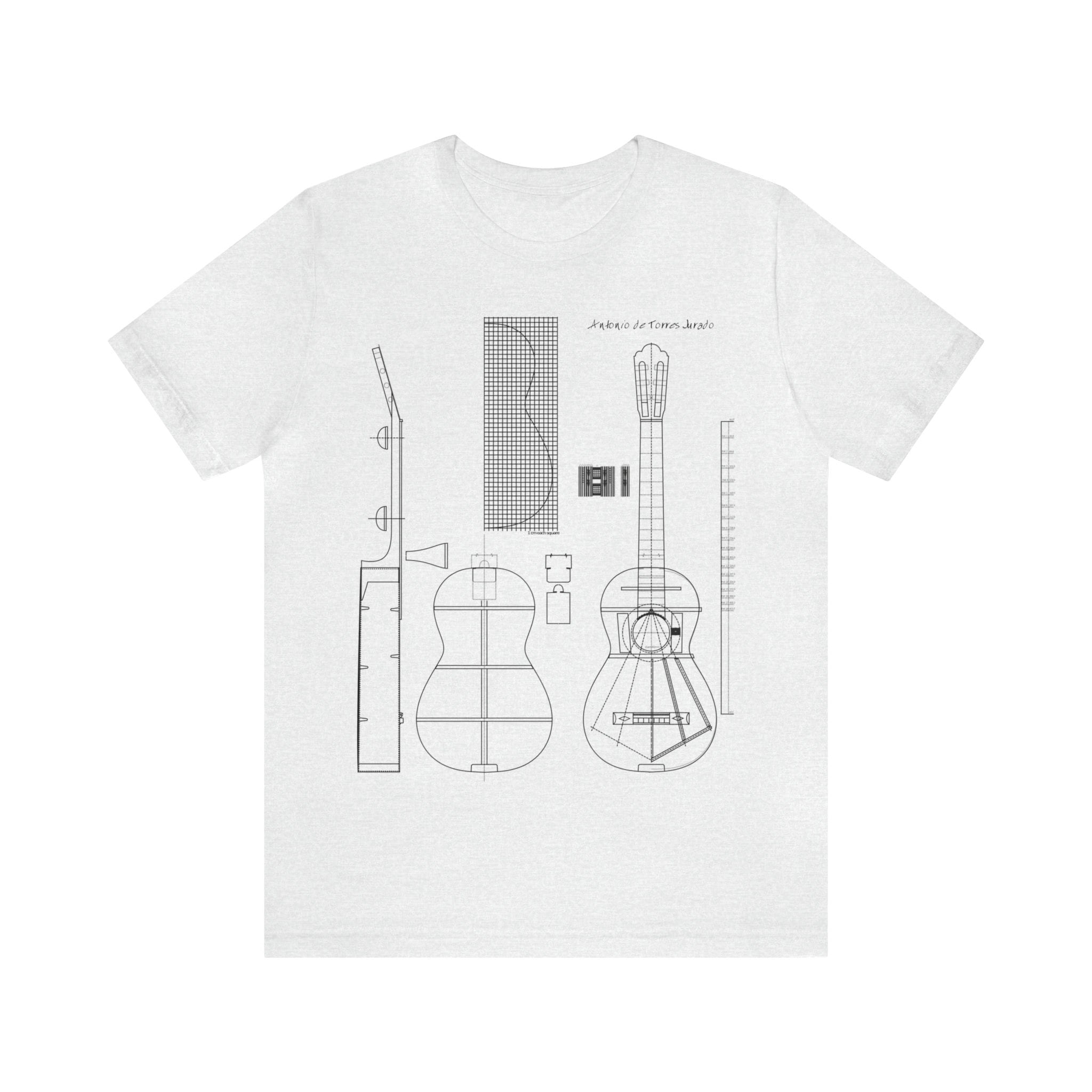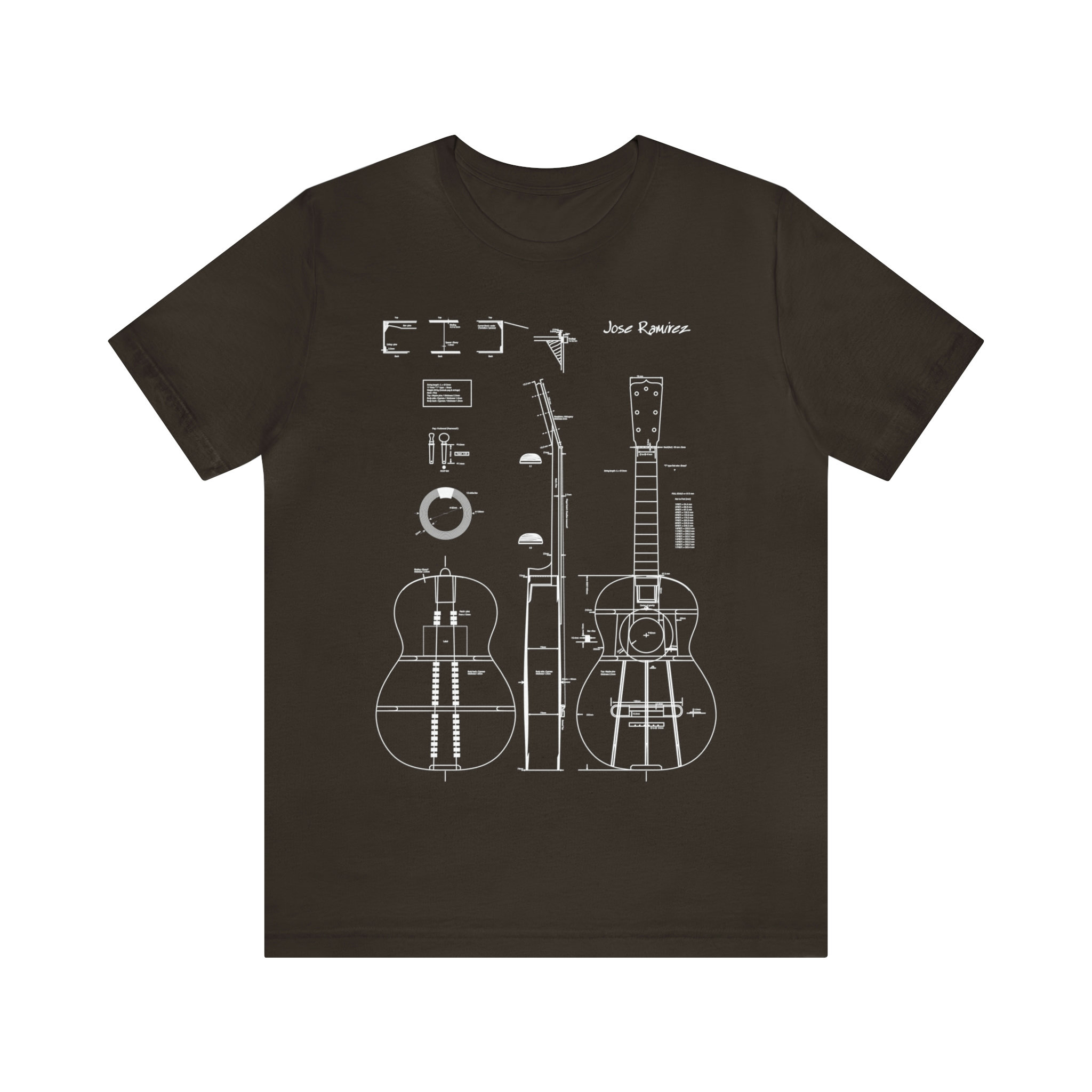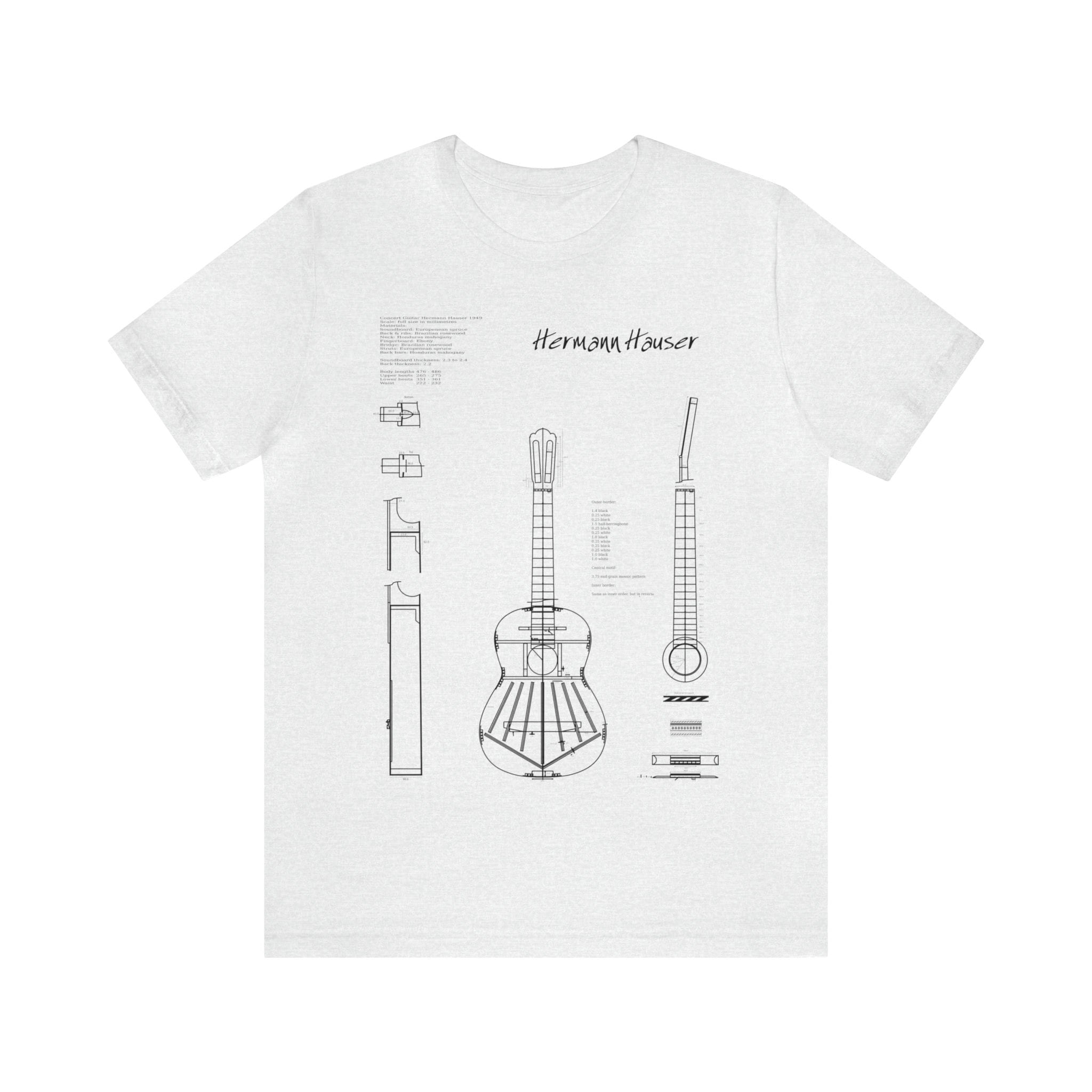Emilio Pujol was born in 1886 in Granadella, a small village located in the province of Lerida and where his father was the mayor. He began his musical education at the age of five and quickly turned to the guitar, despite his father’s opposition. In 1894, the family moved to Barcelona where Emilio, initially directed by his parents towards engineering studies, finally chose music. His meeting with Tarrega was decisive. He gave his first concert in 1907 in Granadella and then went to work on composition in Madrid with Agustin Campo in 1910. His career truly began in 1911 with a concert at the court and continued with numerous recitals in Spain, several European countries, and Latin America. He initially played on a Garcia guitar and later on a 1863 Torres.
Pujol stayed in Paris for the first time from 1921 to 1928 and began to take an interest in musicology, searching private archives and European libraries for clues to trace the history of the guitar. He was the first to rediscover the music for the vihuela of the Spanish Golden Age as well as that of the 17th-century guitarists. The vihuela is a flat-backed instrument with a resonating chamber shaped like an “eight,” which flourished in Spain in the 16th century and for which there is a rich literature (Fuenllana, Mudarra, Narvaez, Pisador, Valderrabano). This pioneering activity for the time became an essential component of his work. It was accompanied by articles, conference-concerts, transcriptions in modern notation (Music Library of Ancient and Modern Guitar at M. Eschig) and essays published by the Spanish Institute of Musicology, reflecting a constant concern for dissemination. From 1927 (Salle Erard, Paris), works of ancient music appeared in his concert programs. In 1934, Pujol discovered the only copy of a vihuela dating from the 1500s at the Jacquemard-André Museum and began playing it publicly on a copy of that instrument in 1936.
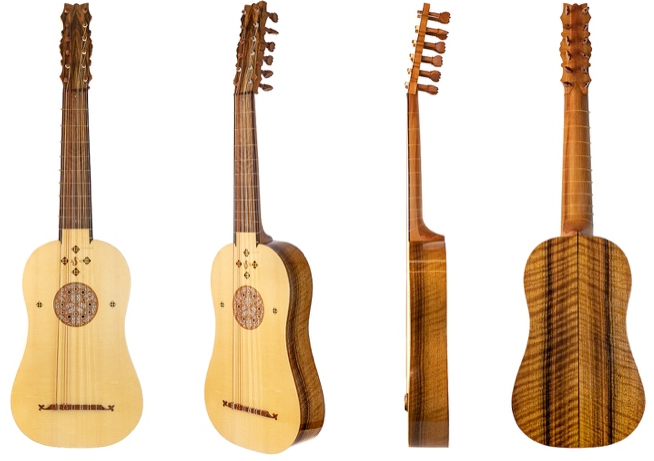
The wide range of his activities, ranging from interpretation, composition, musicology, teaching, his many travels, and his long life (he died in Barcelona at the age of 94 leaving some unfinished projects, including the last part of his method) are factors that explain the diversity of his relationships. He was close to Pedrell, Count Morphy, Paul Valery, Conchita Badia, Pau Casals, Gaspar Cassado, Georges Dandelot, Alfred Cortot, Hector Villa-Lobos, Joaquin Rodrigo, Luis Millet, Ricardo Vines and his brother Franck Marschall, Joaquin Nin, Oscar Espla, Enric Ribo, Eduard Toldra, Joaquin Nin-Cumell (J.Nin’s son, born in 1908) and many others of his contemporaries.
Pujol witnessed the great diversity of aesthetic trends of this century. He created in Paris “Hommage à Debussy” by M. de Falla in 1922 and encouraged young composers such as Rodrigo. His post-romantic aesthetic is more closely related to the nationalist school promoted by Pedrell. He composed from the 1910s and throughout his life, over 120 works for the guitar, not counting the sum of his method studies. He formed a duo with his wife, guitarist Matilde Cuervas whom he married in 1923, and made numerous transcriptions for two guitars and in particular works by Albeniz, Granados, and Falla. Although very guitaristic, Pujol’s music requires the performer to have great mastery. Many pieces are of an intimate nature, quite brief, and always expressive, forcing the attention of the listener; others make use of many effects and color changes for a descriptive purpose but never gratuitously.
A first-rate pedagogue, his masterpiece, the “Escuela Razonada de la Guitarra”, was the result of over forty years of experience. He taught guitar, vihuela, and baroque guitar at the Conservatory of Barcelona for about twenty years , as well as at the Lisbon Conservatory, the “Accademia Chigiana” in Siena (an academy that brought together eminent musicians during the months of July and August; Cortot, Cassado, Zabaleta, Segovia, Casals taught; Pujol taught from 1953 to 1963 at the Ecole Normale de Musique de Paris.
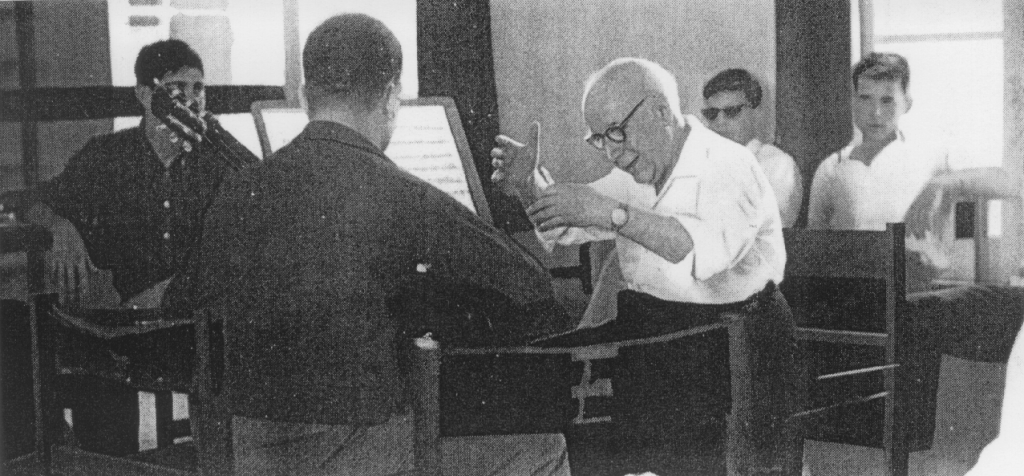
Classical Guitar
